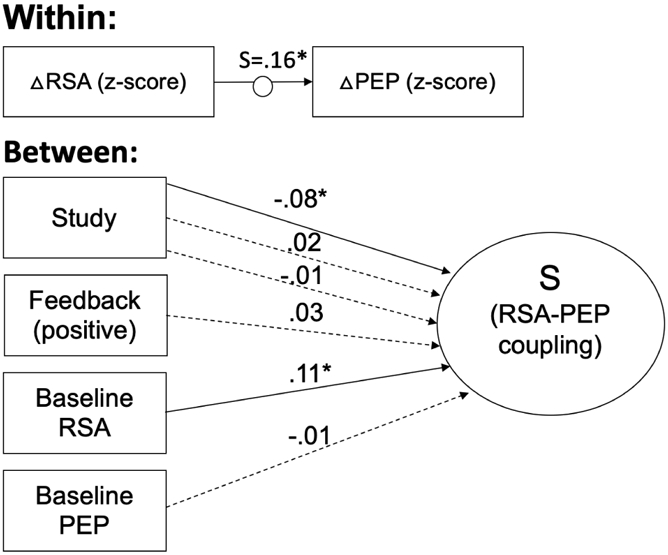Figure 4: Individual differences in RSA-PEP coupling across 4 studies based on feedback type and baseline RSA and PEP.

Results of multilevel structural equation modelling of factors contributing to within-person changes in RSA and PEP (N=325). The change in RSA (ΔRSA) and PEP (ΔPEP) relative to baseline was determined at each of the 25 1-minute epochs of the task and then standardized within subjects. The random slope (S) of the relation between standardized ΔRSA and ΔPEP was used as a between-subjects dependent variable. Coupling during each task period relative to coupling at baseline was evaluated between subjects. Between subjects, “Study” refers to categorical variables for the 4 studies from which data was combined for this analysis. “Feedback” represents whether, for that participant, confederate judges responded with positive (i.e. smiling) compared to with the traditional neutral expression. Coefficients are standardized. Solid lines indicate significant paths. Dotted lines indicate nonsignificant paths. *p < .05
